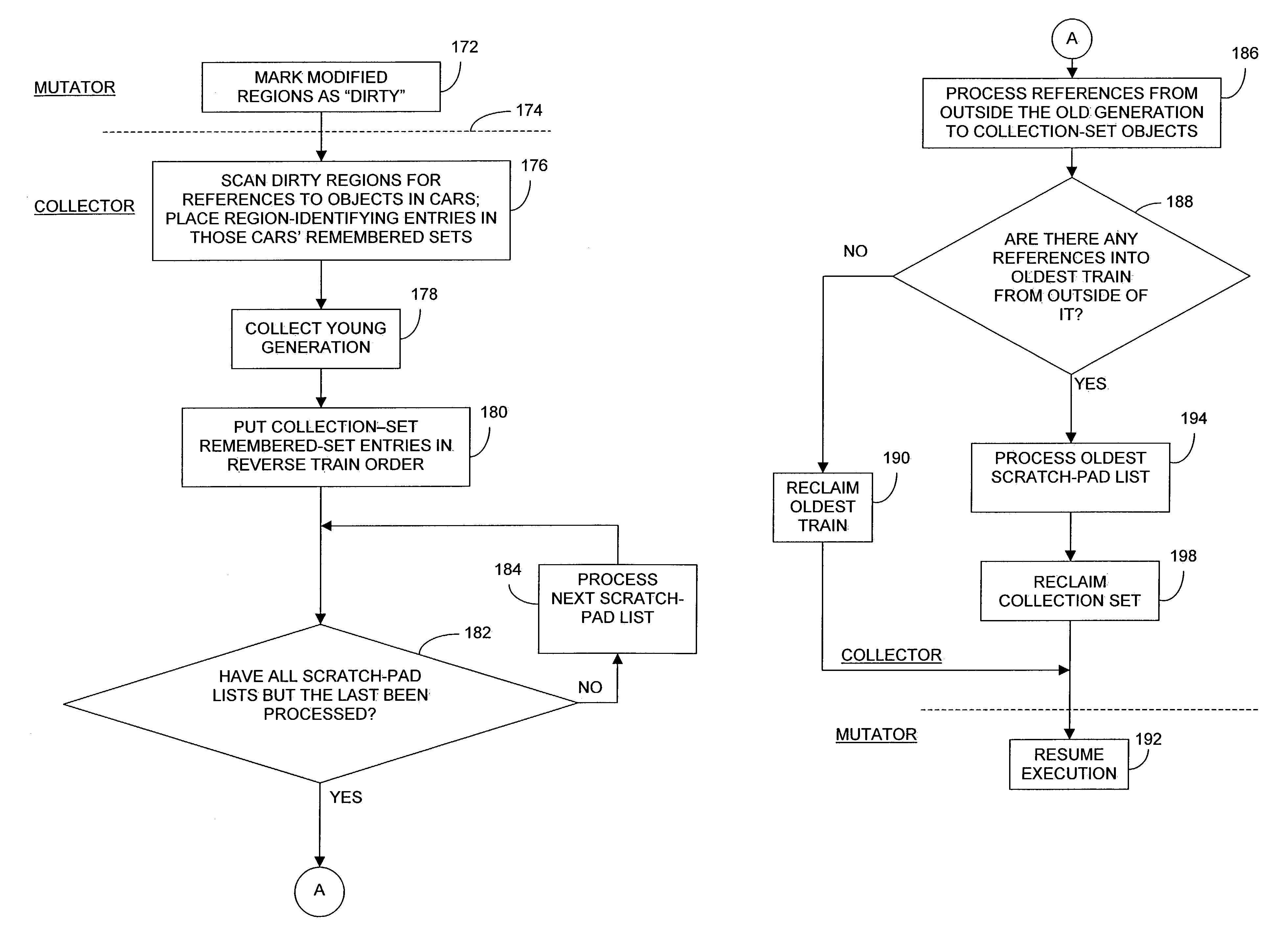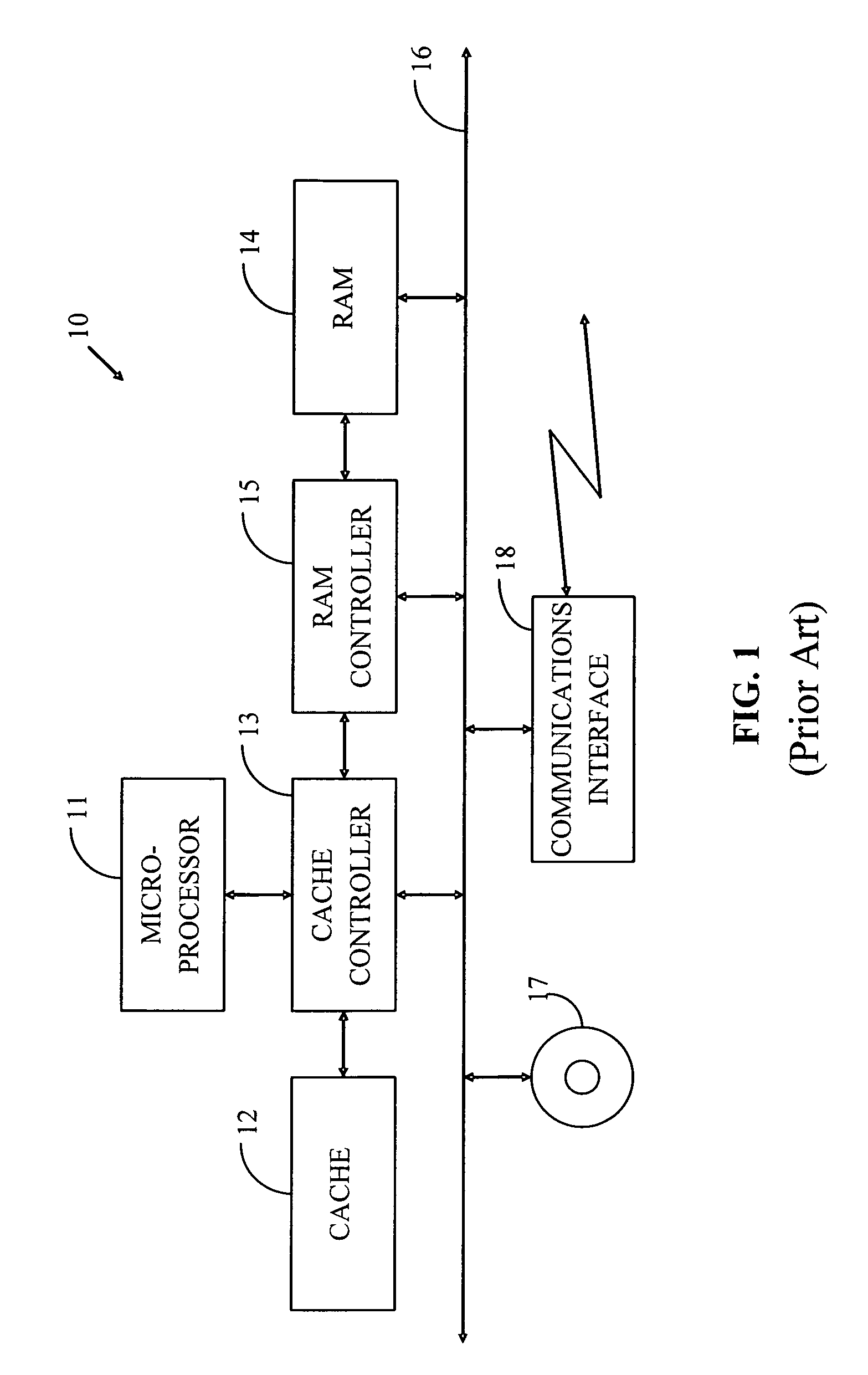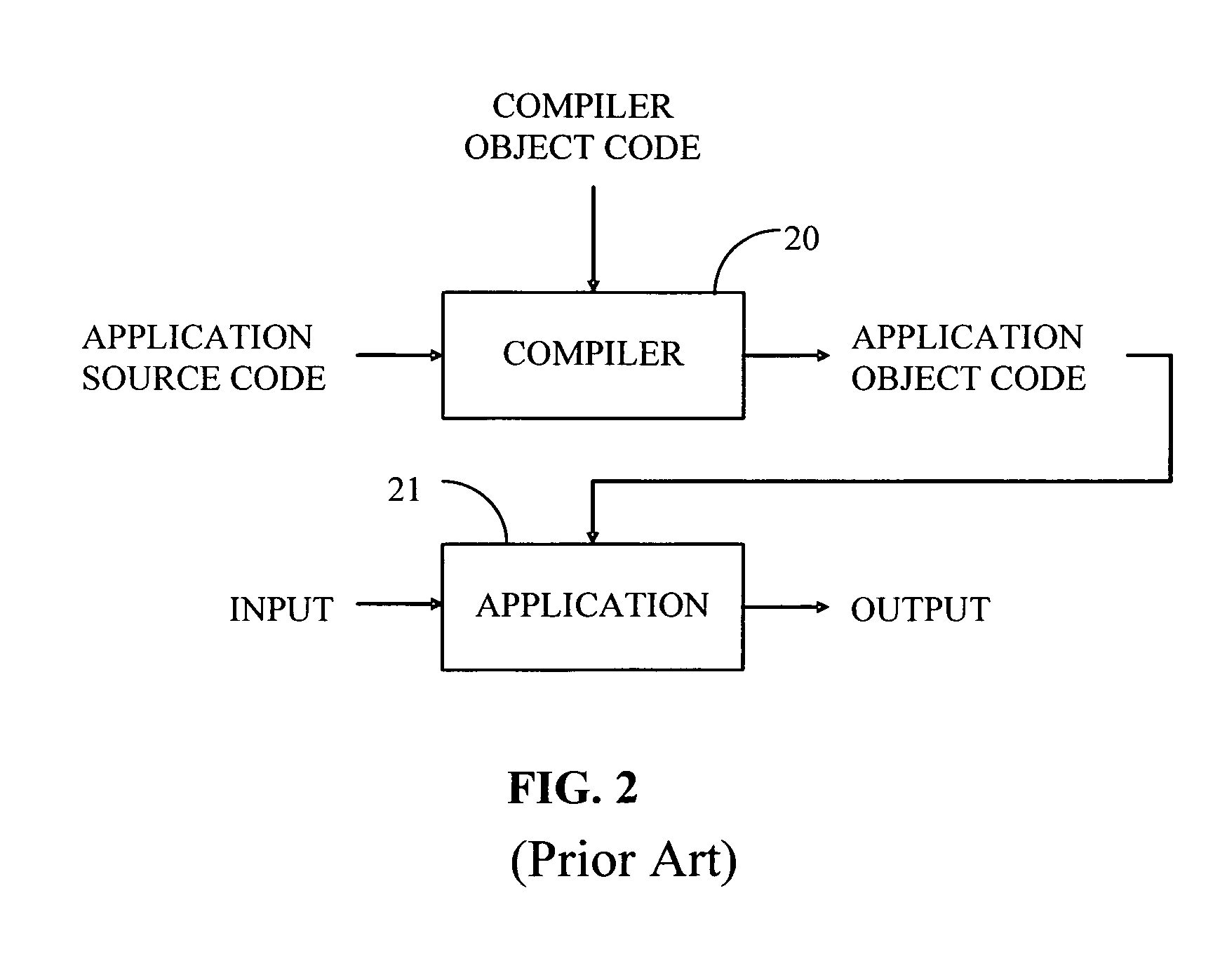Space-efficient, depth-first parallel copying collection technique making use of work-stealing on the same structures that maintain the stack of items to be scanned
a work-stealing and collection technique, applied in the field of memory management, can solve the problem of requiring more memory, and achieve the effect of thus the amount of synchronization, no memory cost, and minimizing the number of stealing operations
- Summary
- Abstract
- Description
- Claims
- Application Information
AI Technical Summary
Benefits of technology
Problems solved by technology
Method used
Image
Examples
Embodiment Construction
[0122]Although the present invention's applicability is not limited to garbage collectors that implement the train algorithm, such collectors can benefit from its teachings. Also, although the details of its operation differ form those that FIGS. 9–11 illustrate, it can be implemented in a collector whose overall operational sequence is essentially the one that FIG. 8 depicts.
[0123]But it will instead be exemplified below in a collector whose operational sequence is the one that FIGS. 13A and 13B (together, “FIG. 13”) depict. Although the FIG. 13 sequence implements the train algorithm, it admits of the possibility of more than one collection-set car in a given collection increment, whereas it was tacitly assumed in connection with FIG. 8 that only a single car section is collected in any given collection increment. Also, the FIG. 13 sequence incorporates certain optimizations that the FIG. 8 sequence does not.
[0124]Blocks 172, 176, and 178 represent operations that correspond to th...
PUM
 Login to View More
Login to View More Abstract
Description
Claims
Application Information
 Login to View More
Login to View More - R&D
- Intellectual Property
- Life Sciences
- Materials
- Tech Scout
- Unparalleled Data Quality
- Higher Quality Content
- 60% Fewer Hallucinations
Browse by: Latest US Patents, China's latest patents, Technical Efficacy Thesaurus, Application Domain, Technology Topic, Popular Technical Reports.
© 2025 PatSnap. All rights reserved.Legal|Privacy policy|Modern Slavery Act Transparency Statement|Sitemap|About US| Contact US: help@patsnap.com



